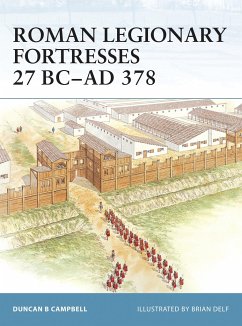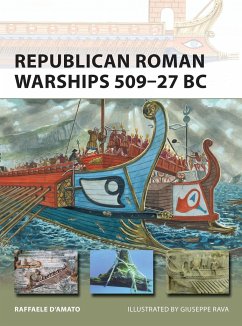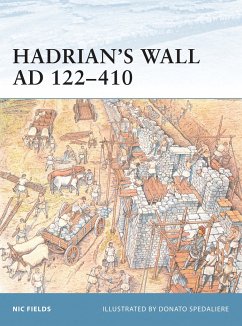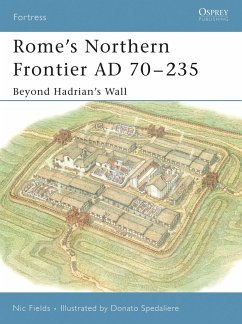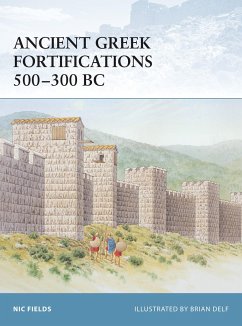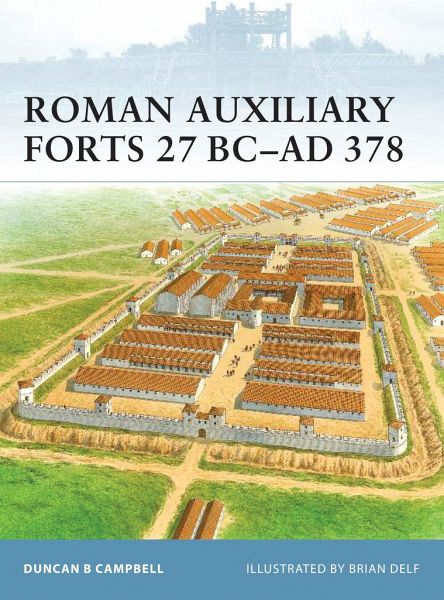
Roman Auxiliary Forts 27 BC-AD 378
Versandkostenfrei!
Versandfertig in 2-4 Wochen
22,99 €
inkl. MwSt.

PAYBACK Punkte
11 °P sammeln!
With the vast expansion of the Roman Empire came a need for more fortifications to defend it. This work discusses the operation and social history behind the fortifications. It traces their history through the Batavian Revolt of the 1st century AD, until the decline of the late 3rd and 4th centuries.



